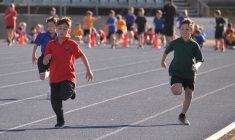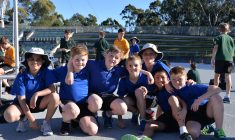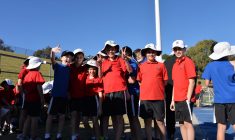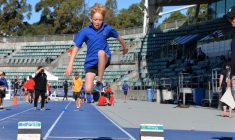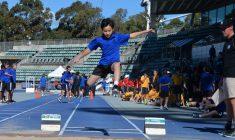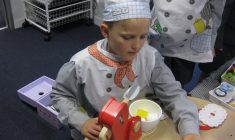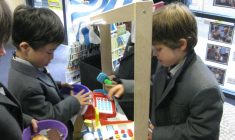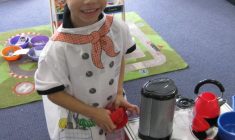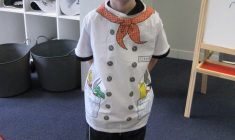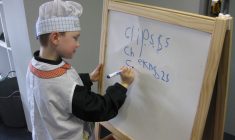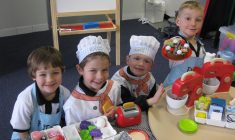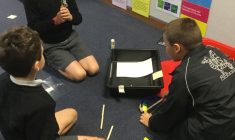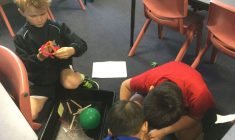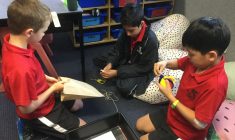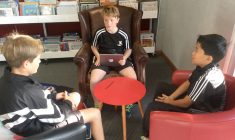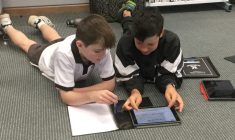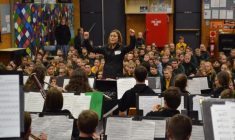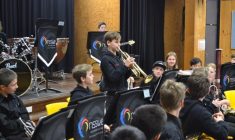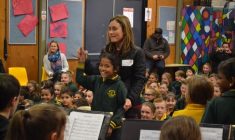Tough for a Reason
There is a line of thinking that children today are not ‘tough’ like the generation before them. The premise for this is that in previous generations children were expected to do more around the house and there was a ‘hands off’ mentality by parents in relation to their children and what happened to them. This meant that children learned to solve their own problems and sort out disputes with their peers. The same people who espouse this line of thinking talk about ‘helicopter parents’ who constantly intervene whenever a child has a problem.
Whilst there are elements of truth to what is said when you think back to what childhood was like for many people in previous generations, there aren’t too many reasons to get misty eyed. The old idea of toughness was related to being able to hide your emotions and to ignore the many unpleasant things that people would do to each other. These unpleasant things were seen by some as ‘character building’, which really meant putting up with callousness and not saying anything.
Advocates for the ‘old ways’ who claim that young people today are less resilient may also blame modern parenting for this. I actually don’t believe that this is the reason. If you think about a resilient person, they are not necessarily tough in a traditional sense, but they are resolute. For someone to be resilient or resolute they cannot do this in isolation. People are not resilient for resilience sake, they are resilient because they are committed to a cause, ideal or relationship. They have a greater purpose which enables them to bounce back from setbacks, failures and difficulties. They are inspired by their feeling of purpose to continue to struggle forward.
Normal people show massive resilience in the face of adversity and this comes from a core belief in themselves buoyed by a clear sense of their own purpose. Ordinary people can be very tough, resilient and gritty when protecting or representing something they believe in. An amazing Australian model of grit and resilience that you may have heard of is Turia Pitt. After being caught in a fire while running an ultramarathon in 2011, her life changed in devastating ways. Not only did she bounce back from near death but she is now a humanitarian, passionate about helping burns victims in less fortunate countries. She has also gone on to achieve athletic feats most of us wouldn’t even dream of.
If it is true that young people today are less resilient, then maybe it is that they lack purpose. We need to ensure that our young people are idealistic to a cause and committed to some worldview that puts temporary pain in the context of a wider hope.
Especially in this time when it is cool to be disengaged and cynical, it is people who know what they believe in who don’t let the world knock them down. If young people know who they are, what they believe and what they want to achieve, then resilience is more likely to follow.
http://www.turiapitt.com/about/
About not giving up/ bouncing back
http://www.turiapitt.com/2017/06/08/how-to-deal-with-getting-dumped/
About giving back to communities/ sense of purpose
http://www.turiapitt.com/2017/06/01/the-boy-i-cant-stop-thinking-about/







